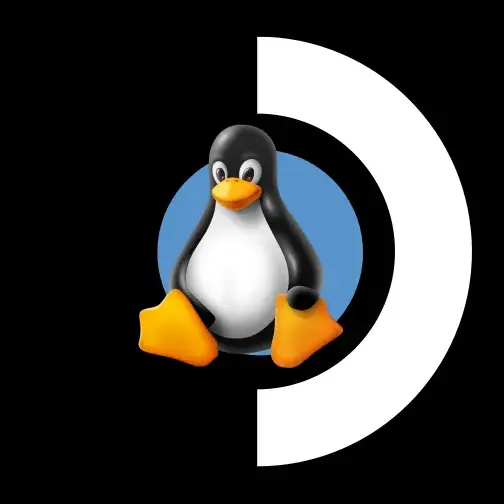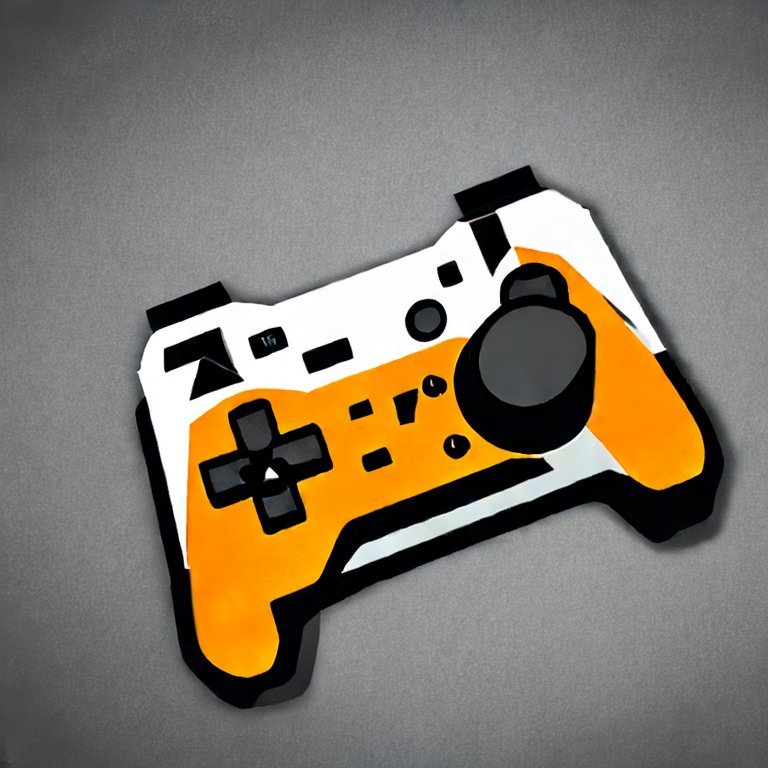

I live in the countryside. You know, that place with all the green.


I live in the countryside. You know, that place with all the green.


Zero but I’m neither average nor American.


The combat is tactical / strategic and comes from tabletop where each hero is played by a whole person and is designed around keeping the game flowing as much as possible.
Rule of thumb, a “turn” is about 6 seconds of time. There’s not a lot you can do in 6 seconds, run and swing your sword, grab gems from your bag and speak the mystical words of a spell, and so on.
That’s why you can typically move and do an action on a turn (maybe a bonus action too).
Spell slots (your limit to how many spells you can use per long/short rest) represent your physical and mental limit for manipulating the fabric of magic and channeling its energy.
It also stops players spamming crazy powerful spells and denying other players a chance to shine and use their abilities.
Ultimately that’s what the limit is all about, balancing the heroes so that everyone has their chance to do something amazing.
I recommend you watch a few 5min videos from The Dungeoncast that cover these foundational topics. With a little more understanding of the rules of the game might help you be less confused.
D&D Explained in 5min
D&D Combat Explained in 5min
D&D Spellcasting Explained in 5min


I bet they did the classic n(n+1)/2 but forgot to multiply by $1000.


This is representative democracy which is pretty much how most western-style democracies are today…
The risks you’re trying to mitigate are somewhat mitigated in a structure like the European Union has: the European Parliament, European Council, Council of the European Union, and European Commission, etc.


Rainbow Six Siege, Forza 6 / Horizon 3, Halo 5, Gears of War 4, Apex Legends, Fifa 20, COD:MW (remake) are a few examples of games that launched with 12 support only.
Note how they’re the big, blockbuster games that are widely played by most non hardcore gamers.
It’d take Roblox 2, COD:69, and Footballz9000 to launch with DX3D13 only to slow down the wheels on SteamOS/Linux. When average gamers can’t pick up and play the games marketed down their throats, they’ll ditch their Steam Decks for whatever MS are pedalling.
Valve have been amazing at funding and supporting CodeWeavers the past decade but even with Valve’s practically bottomless pit of money, it took 7 years just to barely catch up to a set of APIs that haven’t changed practically since 2014.
Playing catchup forever isn’t sustainable. Proton is a stop-gap while Valve try and shift an industry away from a behemoth. Native is the end goal, not maintaining middleware and a creaking stack of patches.


I mean, UWP and Appx was a thing that happened. I doubt it’ll be the last time MS attempt to shift away from PE.
Consumers are being forced to 11 and it seems to be working. I wouldn’t be surprised to see MS bifurcate their consumer and enterprise offerings to accelerate shifts in the consumer space and catalyse shifts in enterprise.
MS have been keen to take stricter control of binaries on their platform for a long time now.


Again, I think you’re coming at this from enjoying Proton today but say DX13 comes out tomorrow, it could be years before Proton is compatible.
It took about 6 years for Proton to be somewhat capable at supporting DX3D 12 after 12 launched in 2014. Arguably it was closer to 7 or 8 years (that’s how long Proton took to get to the state it’s in today).
This is what I’m talking about. If MS purposefully make it difficult to reverse and reimplement (which they have an incentive to do), and game developers continue to focus and target MS platforms, we could be waiting half a decade to play those games on Linux.


Totally. And then DirectX 13 comes out and needs to be reversed and implemented, all the while developers don’t think about Linux.
If MS get cheeky with the MZ/EXE/PE format, we could be several years behind.
I’ve been using Wine for years and I think anyone who has been using it all this time will get what I’m saying.
Just because Proton/Wine has caught up (mostly) doesn’t mean it wasn’t a long and painful journey to get there.


There’s still plenty of other Windows-only APIs that games rely on.


Proton still perpetuates Microsoft’s monopoly on graphics APIs etc.


If anyone from Larian is lurking, please do a GDC talk on this. I’m super interested in their approach to shipping a (native) Linux build of the game.


Also Steam already has this feature. I can bounce between Linux, Mac, and Windows with my saves. I don’t need something for Windows only…


Do you mean Zen Browser? Zed is a text/code editor.


MP4 > GIF


LG has been great but protip - don’t use the built in “smart” features as they seem to get outdated faster than the panel. Get an external device such as an Nvidia Shield, Google TV, Apple TV.


Given how immensely fun Untitled Goose Game was, I’m cautiously optimistic for this one.
That’s rather silly. Might as well include road signs “advertising” places to go and how far away they are.